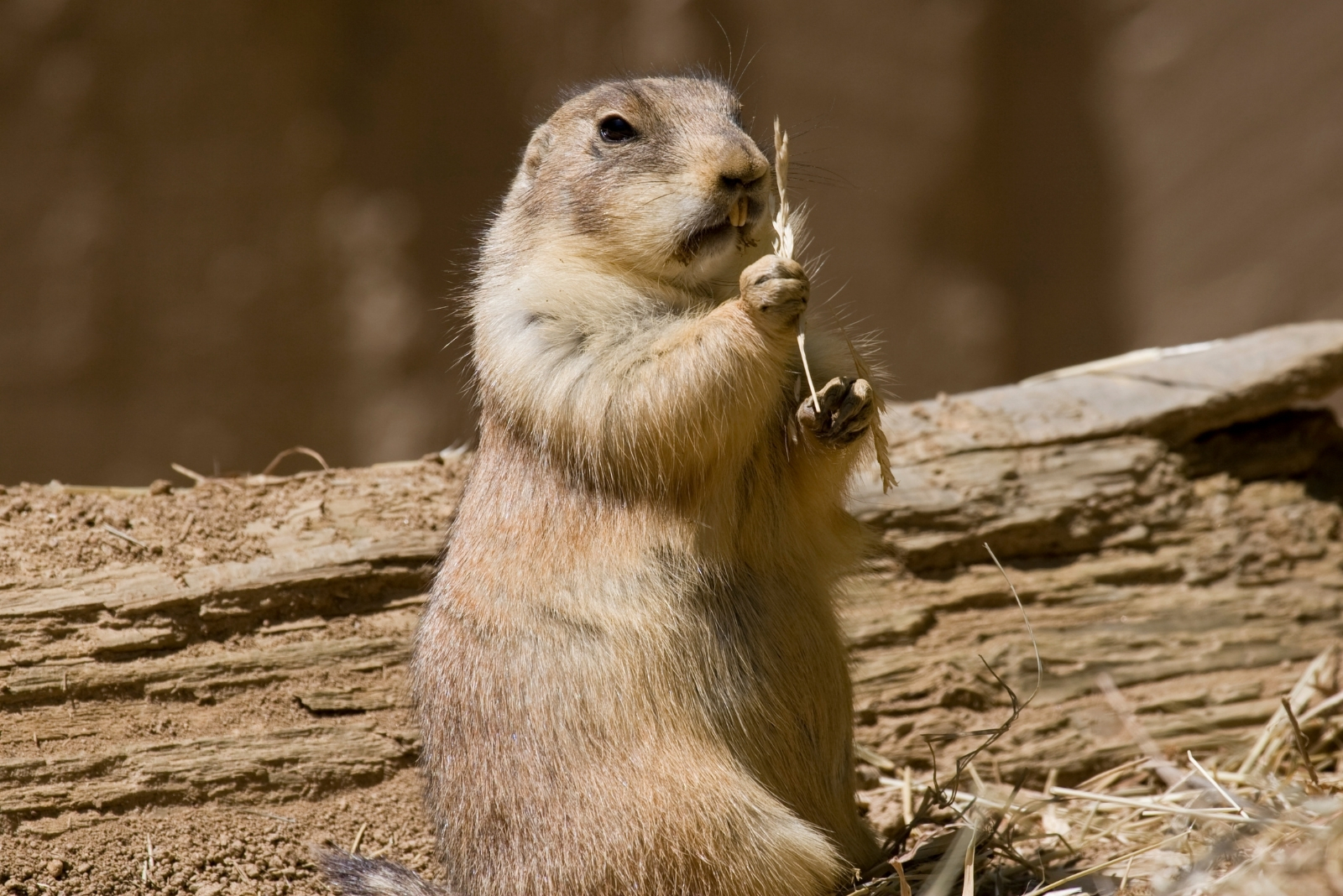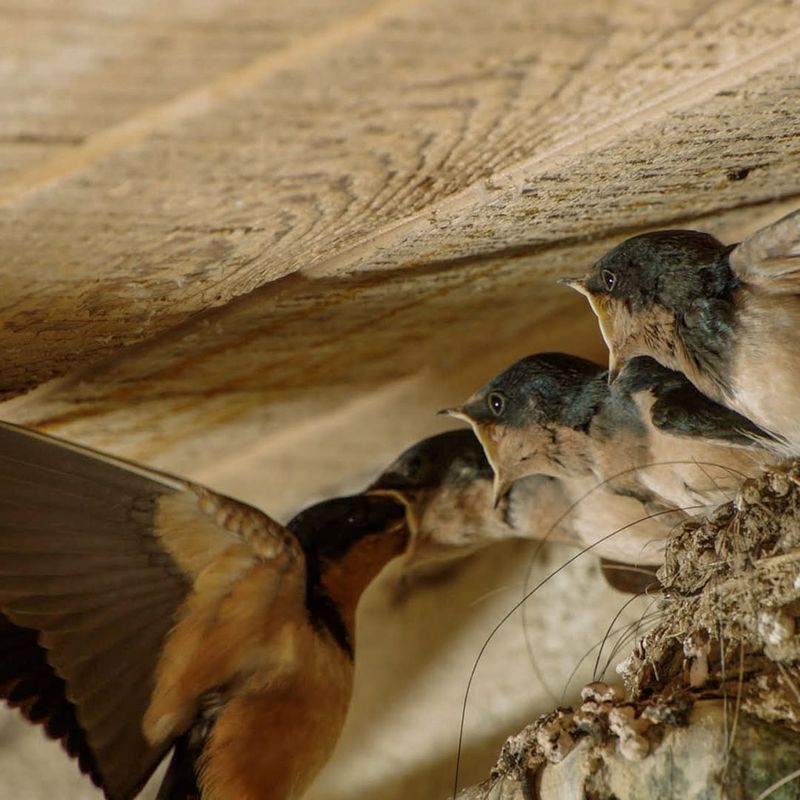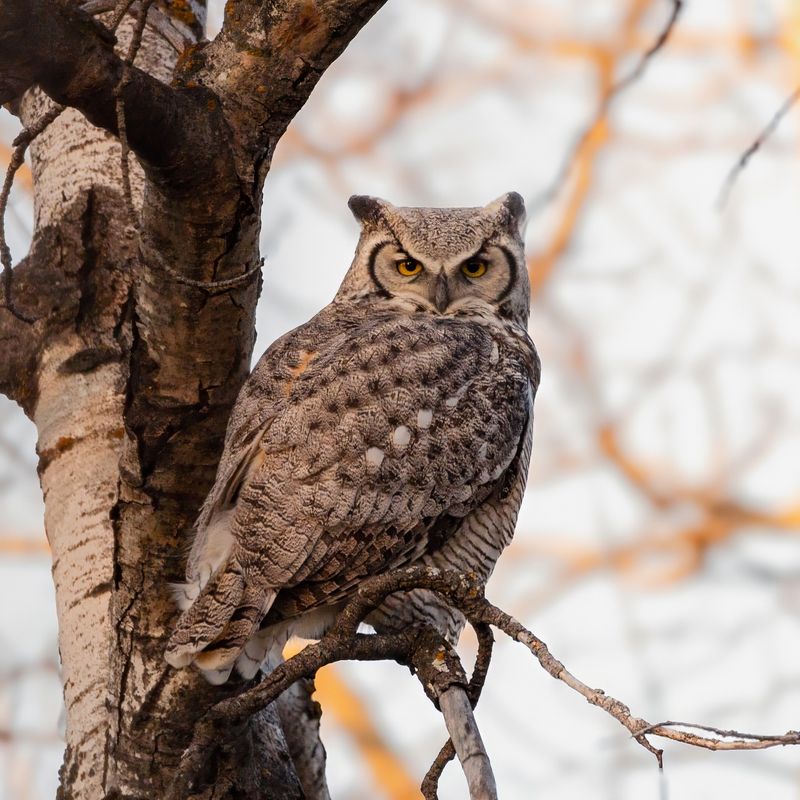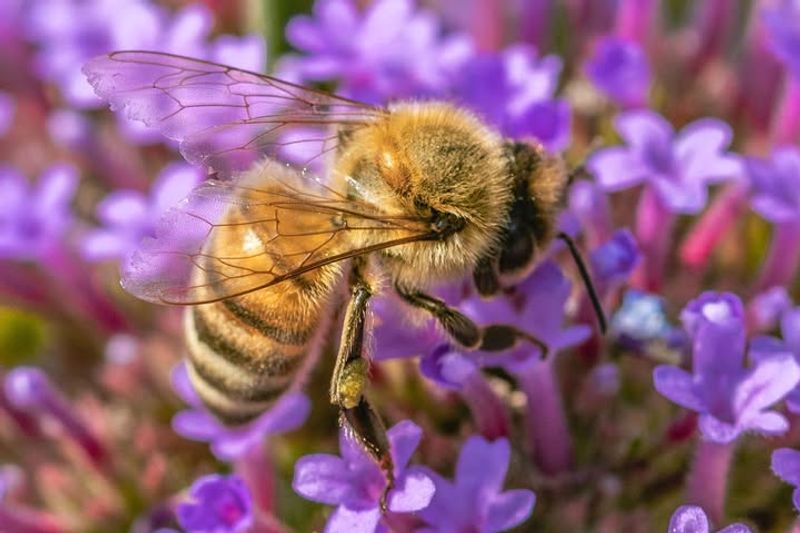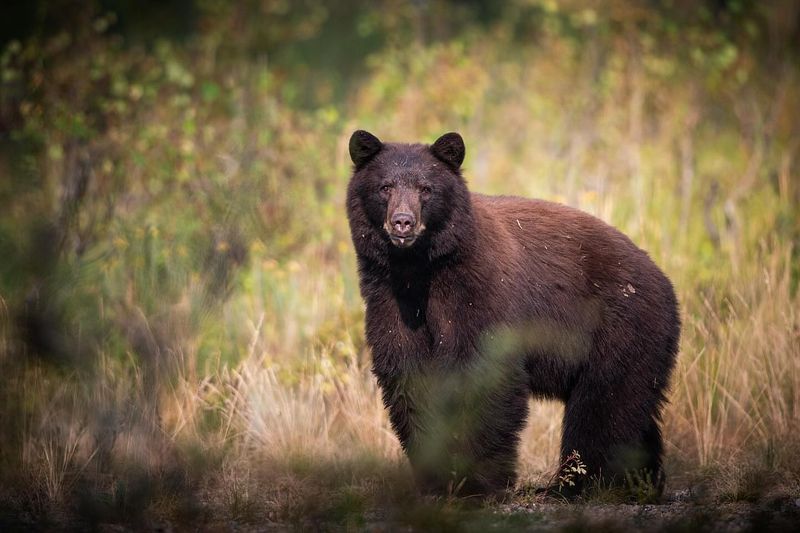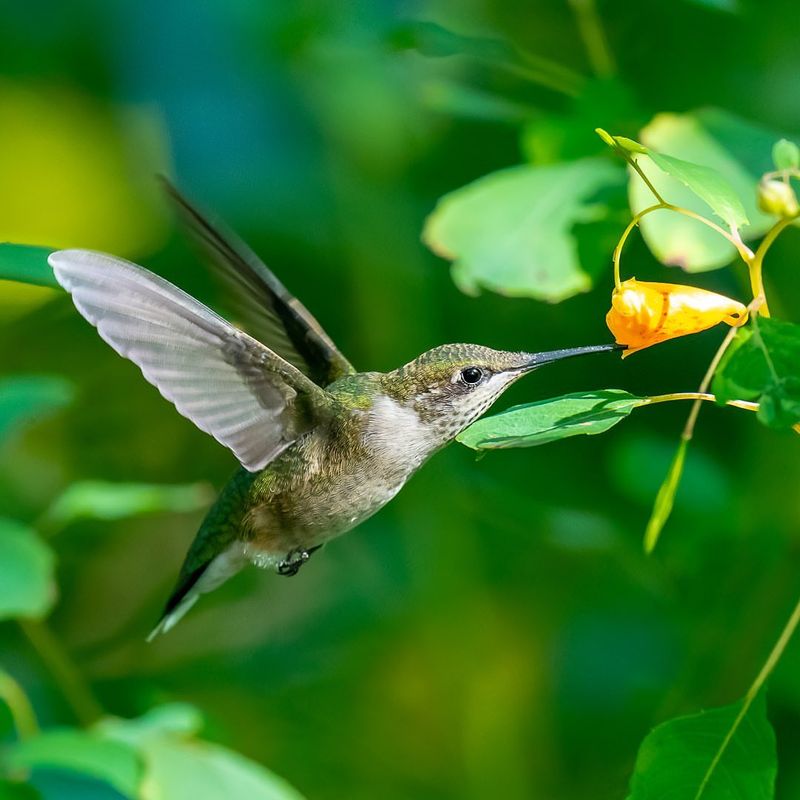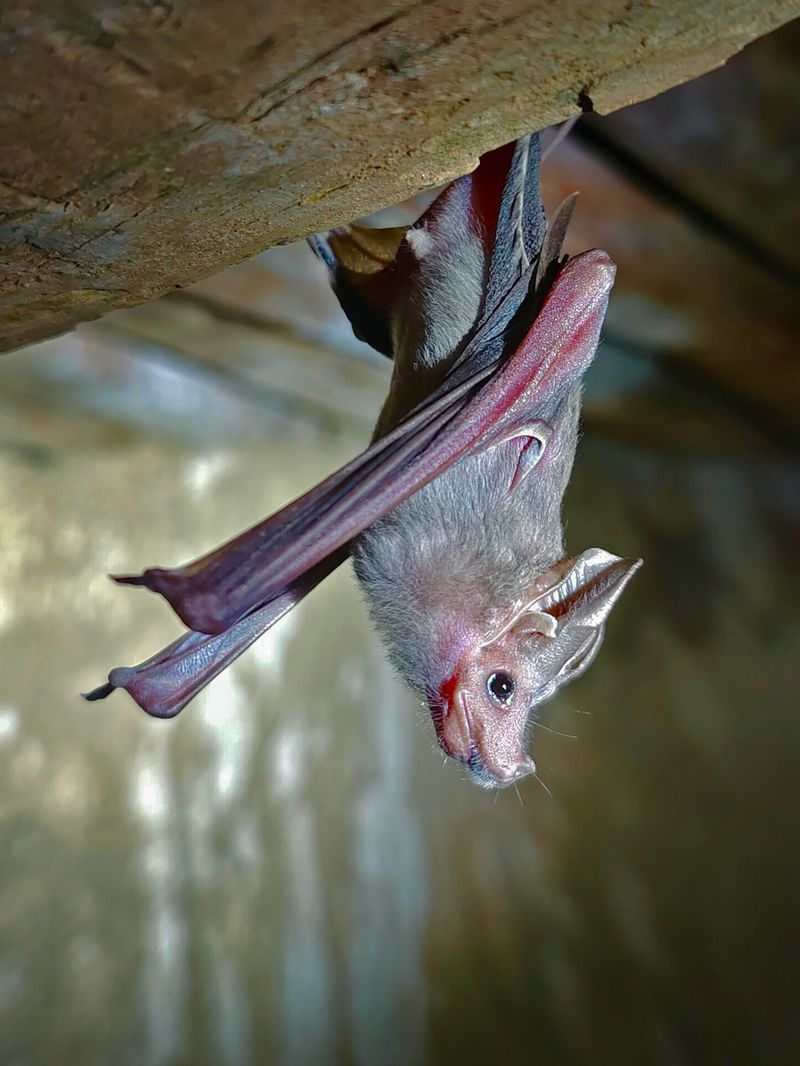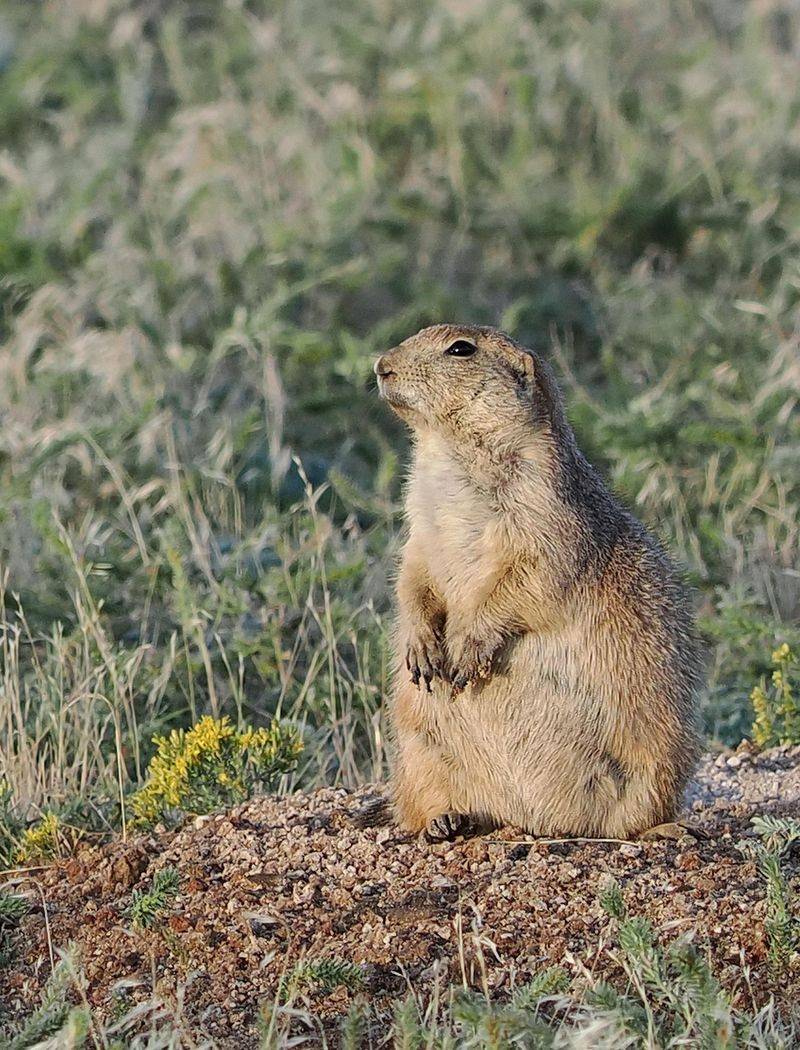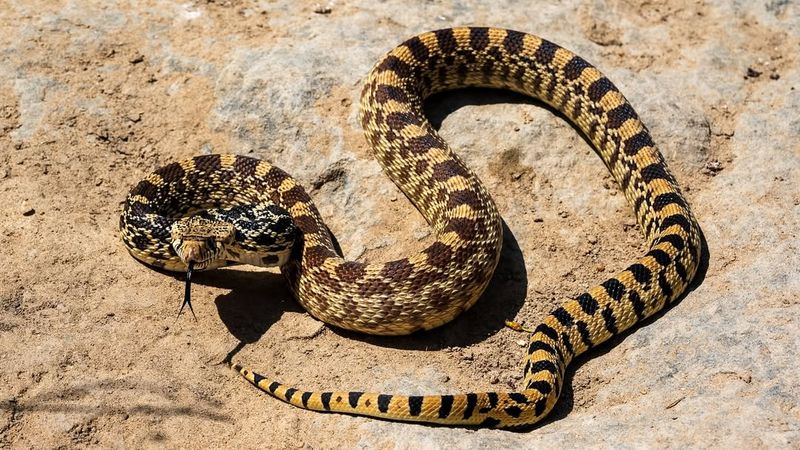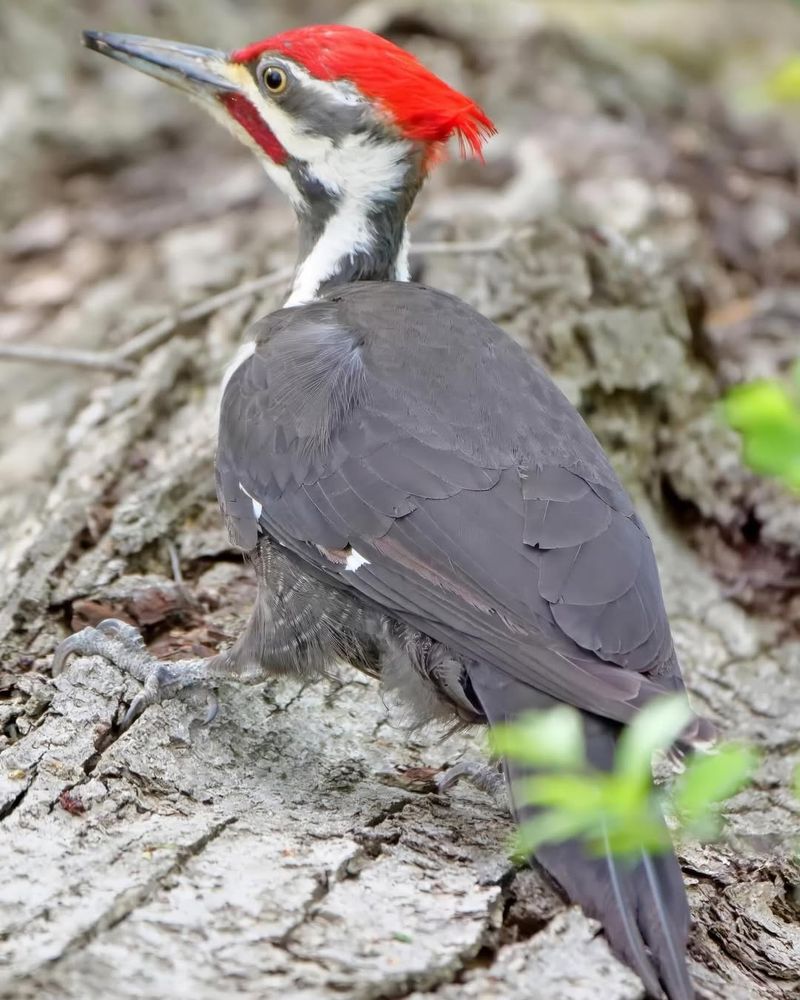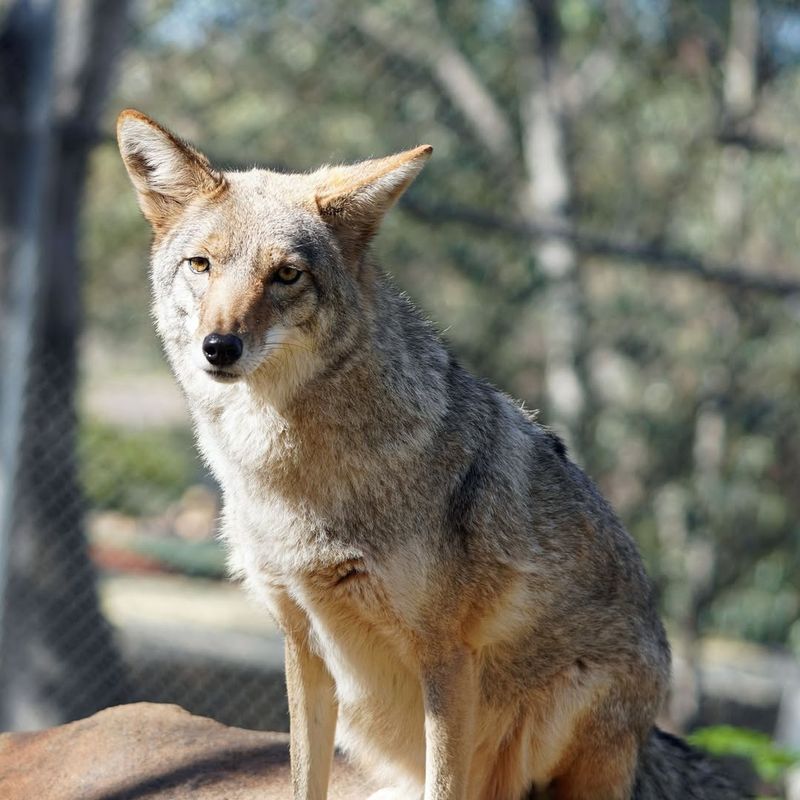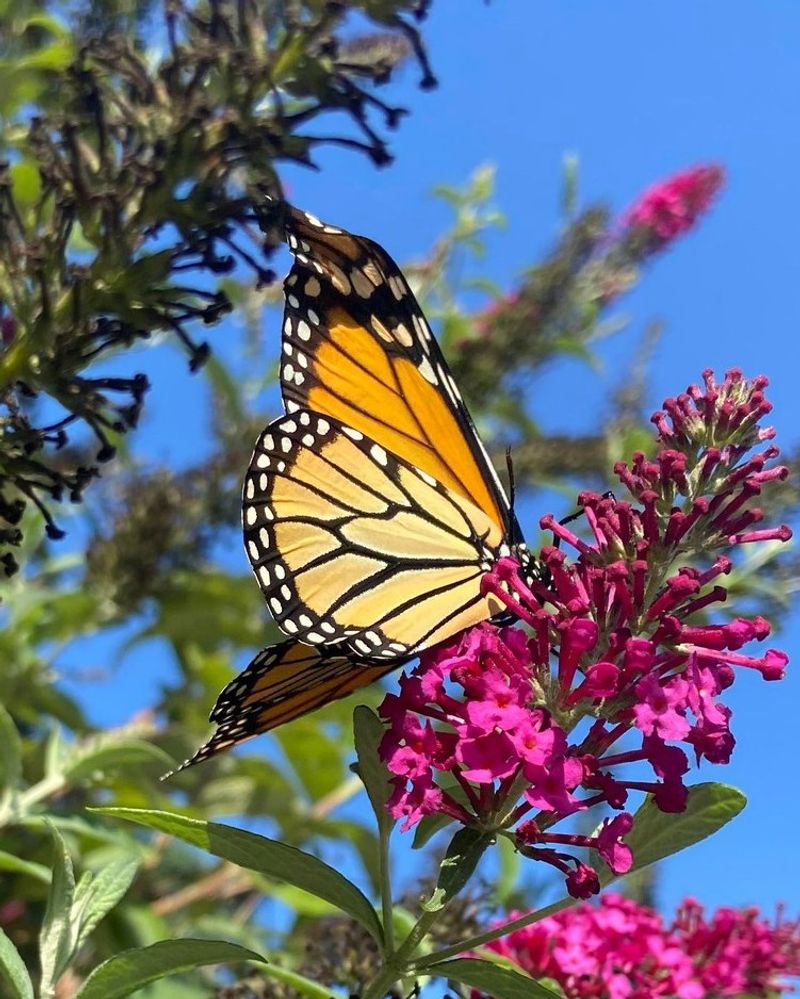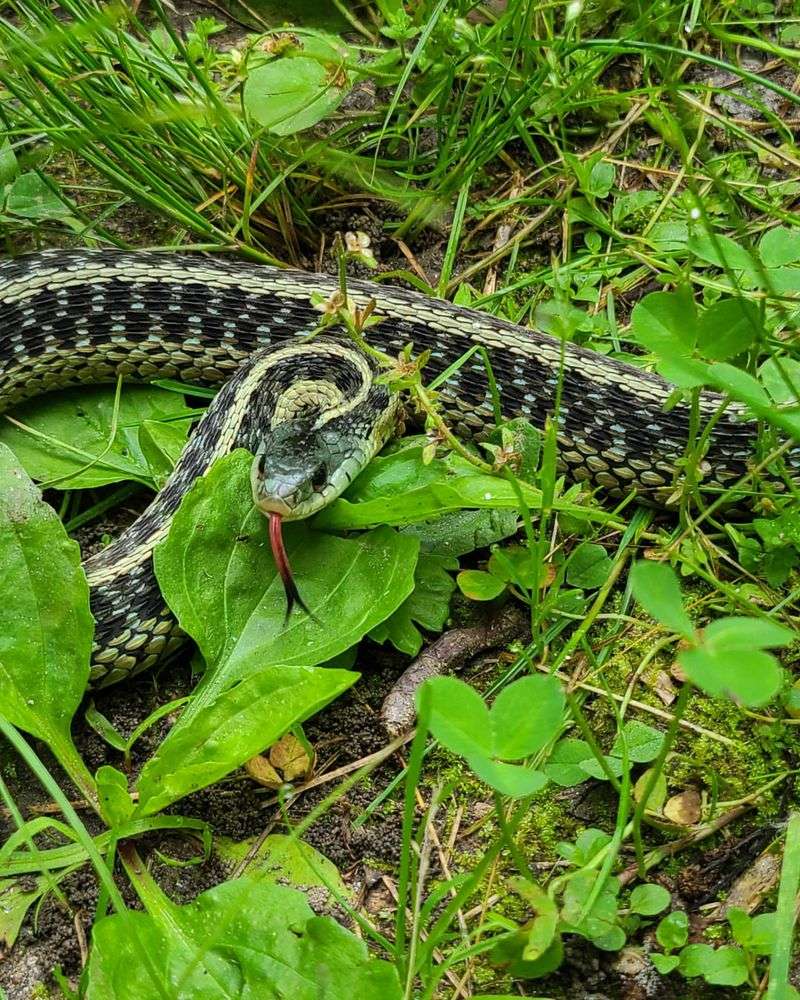Colorado’s natural beauty comes with rules that protect certain creatures. Removing them without proper permits can lead to trouble.
These creatures are part of the state’s unique ecosystem, deserving respect and protection. Here’s what Colorado homeowners need to know about keeping their yards legal and wildlife-friendly.
1. Barn Swallows
These acrobatic flyers build mud nests that seem impossible to remove from your porch. In Colorado, federal law protects both the birds and their nests under the Migratory Bird Treaty Act.
Removing active nests can result in fines up to $15,000. If they’re causing problems, wait until fall when they migrate south, then remove empty nests and install deterrents before spring returns.
2. Great Horned Owls
Midnight hooting might disrupt your sleep, but these majestic predators keep rodent populations in check throughout Colorado neighborhoods. Federal protection means disturbing them carries serious penalties.
Instead of removal, consider the benefits they bring to your ecosystem. Their presence typically indicates a healthy environment, and most Colorado residents consider themselves lucky to host these nocturnal hunters.
3. Honeybees
Spotting a honeybee swarm in your Colorado yard might trigger panic, but these pollinators are vital to our ecosystem and agricultural success. Their populations face serious threats worldwide.
Rather than attempting removal yourself, contact a local Colorado beekeeper who will safely relocate the colony. Most beekeepers collect swarms for free, turning your problem into their treasure.
4. Black Bears
Finding a black bear rummaging through your trash might seem like grounds for immediate removal. However, Colorado Parks and Wildlife handles all bear situations – unauthorized trapping is strictly prohibited.
Colorado follows a three-strike policy with problem bears. Prevention is your best strategy: secure garbage cans, remove bird feeders during active months, and never leave pet food outside.
5. Hummingbirds
These tiny jewels might seem harmless, but Colorado’s hummingbirds enjoy full federal protection under the Migratory Bird Treaty Act. Their nests – often no bigger than a walnut – cannot be legally disturbed.
Many Colorado gardeners create hummingbird-friendly spaces with native plants like bee balm and columbine. If one builds a nest near your door, consider it a compliment and temporarily use another entrance.
6. Bats
Finding bats in your attic might send shivers down your spine, but these misunderstood creatures devour thousands of mosquitoes nightly. Colorado law protects all native bat species from harm.
If bats have taken residence in your Colorado home, professional exclusion is your only legal option. This involves installing one-way exits allowing bats to leave but not return – and can only be done when young aren’t present.
7. Prairie Dogs
These chattering rodents create extensive underground towns throughout Colorado, sometimes extending into yards and gardens. Despite being considered pests by many homeowners, they’re protected in numerous counties.
Relocation requires special permits in Colorado and must be performed by licensed professionals. These social creatures serve as critical prey for eagles, hawks, and endangered black-footed ferrets, making their protection ecologically important.
8. Bullsnakes
Encountering this large, intimidating snake might trigger immediate removal thoughts. However, bullsnakes are protected in Colorado due to their beneficial role controlling rodent populations without being venomous.
These Colorado natives are often mistaken for rattlesnakes due to their similar patterns and defensive mimicry. Rather than removing them, consider yourself lucky – where bullsnakes thrive, venomous snakes and destructive rodents typically don’t.
9. Woodpeckers
The rat-a-tat-tat on your house siding might drive you crazy, but all woodpecker species enjoy federal protection in Colorado. Removing or harming them without proper permits carries significant penalties.
Colorado homeowners can legally deter woodpeckers with visual scare tactics like hanging shiny objects or installing physical barriers. Permanent solutions include treating insect infestations that attract them or installing woodpecker-resistant siding during renovations.
10. Coyotes
Urban coyotes have adapted to Colorado’s expanding suburbs, sometimes causing conflicts with pets and residents. Despite nuisance concerns, removing them without proper authorization is illegal in most situations.
Colorado wildlife officials recommend hazing techniques to maintain healthy fear of humans. Simple actions like making loud noises, waving arms, or using motion-activated sprinklers can effectively teach coyotes to avoid your property without breaking protection laws.
11. Monarch Butterflies
These iconic orange and black butterflies might seem common, but their populations have declined by over 80%. Colorado includes monarchs on its Species of Greatest Conservation Need list, making intentional removal illegal.
Many Colorado gardeners create monarch sanctuaries by planting native milkweed varieties. Rather than removing these beneficial insects, consider participating in citizen science by reporting sightings to monitoring programs tracking their recovery.
12. Garter Snakes
Finding these striped reptiles slithering through your garden might be startling, but garter snakes are protected in Colorado. They control slugs, insects, and rodents that damage plants and spread disease.
Colorado gardeners often create snake-friendly habitats with rock piles and native groundcovers. These non-venomous helpers improve garden health naturally, making chemical pest controls less necessary while maintaining the delicate ecological balance Colorado strives to protect.

